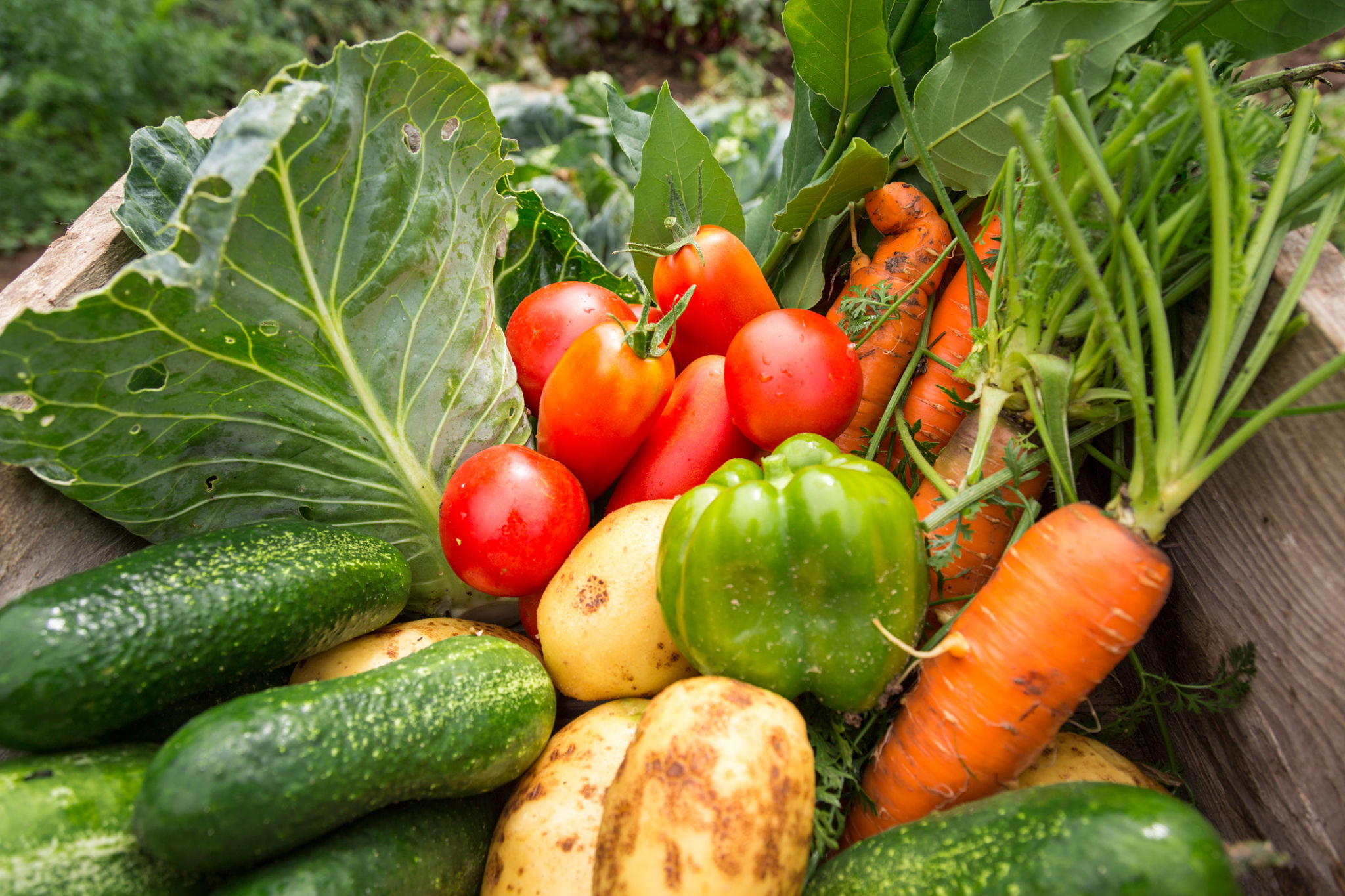Seasonal Guide: Preparing Your Edible Garden for Spring
Understanding Your Soil
Spring is an exciting time for gardeners as it marks the beginning of the growing season. To ensure a bountiful harvest, it's crucial to start with healthy soil. Begin by testing your soil's pH level, which will help you understand its nutrient content and acidity. Most vegetables prefer a slightly acidic to neutral pH, around 6.0 to 7.0. You can purchase a soil test kit from your local garden center or online.
Once you have your results, amend your soil accordingly. If your soil is too acidic, add lime to raise the pH. Conversely, if it's too alkaline, incorporate sulfur or organic matter like compost. Healthy soil is the foundation of a thriving garden, so don't skip this essential step.

Planning Your Garden Layout
Before planting, consider the layout of your garden. Planting in raised beds or containers can help improve drainage and allow for better control over soil quality. Additionally, think about which plants you want to grow and how much space they will need. Planning helps to maximize both space and yield.
Consider grouping plants with similar water and sunlight needs together. This not only makes watering more efficient but also ensures that all plants get the right amount of sunlight. Keep in mind that taller plants like tomatoes should be positioned at the back or center to prevent them from shading smaller plants.

Choosing Your Crops
Spring is the perfect time to plant a variety of crops. Some popular choices for spring planting include leafy greens such as spinach and lettuce, root vegetables like carrots and radishes, and herbs such as basil and parsley. These plants thrive in cooler temperatures and can be harvested relatively quickly.
When selecting crops, consider your region's climate and growing season length. Some vegetables, like peas and broccoli, can tolerate cooler temperatures, while others, such as peppers and cucumbers, prefer warmer weather. Choose a mix that suits your local climate and personal preferences for a diverse and productive garden.

Starting Seeds Indoors
Starting seeds indoors is an excellent way to get a head start on the growing season. This method allows you to control the environment so that young plants are strong and healthy by the time they're ready to be transplanted outdoors. Use seed trays or small pots filled with seed-starting mix, which provides the ideal balance of nutrients and aeration.
Ensure your seedlings receive plenty of light by placing them near a south-facing window or using grow lights. Keep the soil consistently moist but not waterlogged. As seedlings grow, thin them out to prevent overcrowding and encourage strong root development.
Spring Garden Maintenance
As your garden begins to take shape, it's essential to maintain it properly to ensure healthy growth. Regularly check for weeds and remove them promptly to minimize competition for nutrients and water. Mulching around plants can help suppress weeds while retaining soil moisture.
Keep an eye out for pests and diseases that may affect your plants. Introducing beneficial insects, such as ladybugs and lacewings, can help control pest populations naturally. Additionally, consider using organic or natural pest control methods to protect your crops without harming the environment.

Watering Wisely
Proper watering is crucial for a successful spring garden. Water deeply but infrequently to encourage deep root growth. Most vegetables require about one inch of water per week, either from rain or supplemental watering. Use a soaker hose or drip irrigation system to deliver water directly to the plant's roots, minimizing evaporation.
It's best to water in the early morning or late afternoon when temperatures are cooler. This prevents water from evaporating too quickly and reduces the risk of fungal diseases that can occur when foliage remains wet overnight.
Preparing for Harvest
As spring progresses, you'll soon be able to enjoy the fruits of your labor. Keep track of each plant's expected harvest time so you can pick fruits and vegetables at their peak ripeness. Regularly harvesting not only ensures the best flavor but also encourages continuous production throughout the season.
Celebrate your garden's success by sharing your harvest with friends and family or try preserving your bounty through canning or freezing for future enjoyment.
